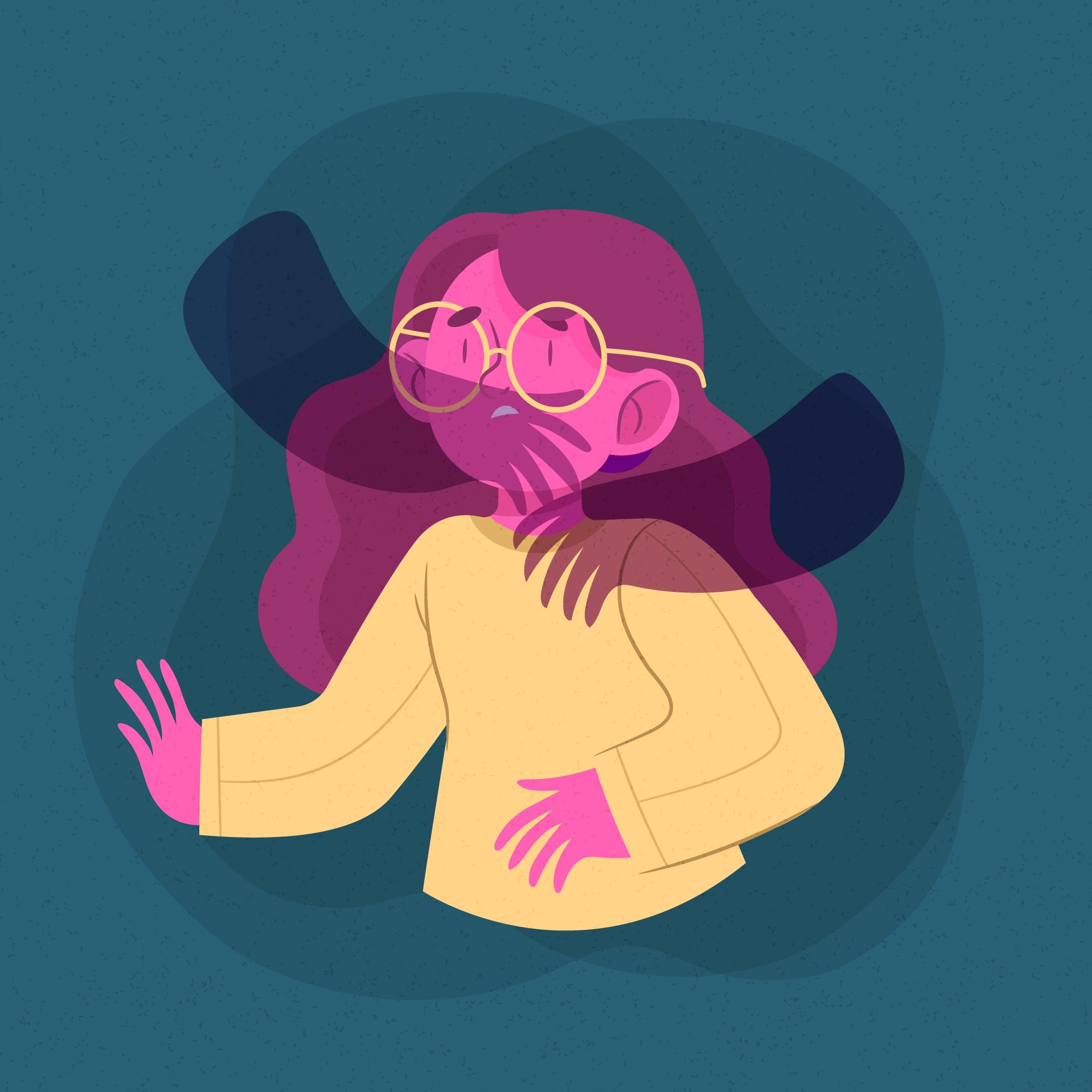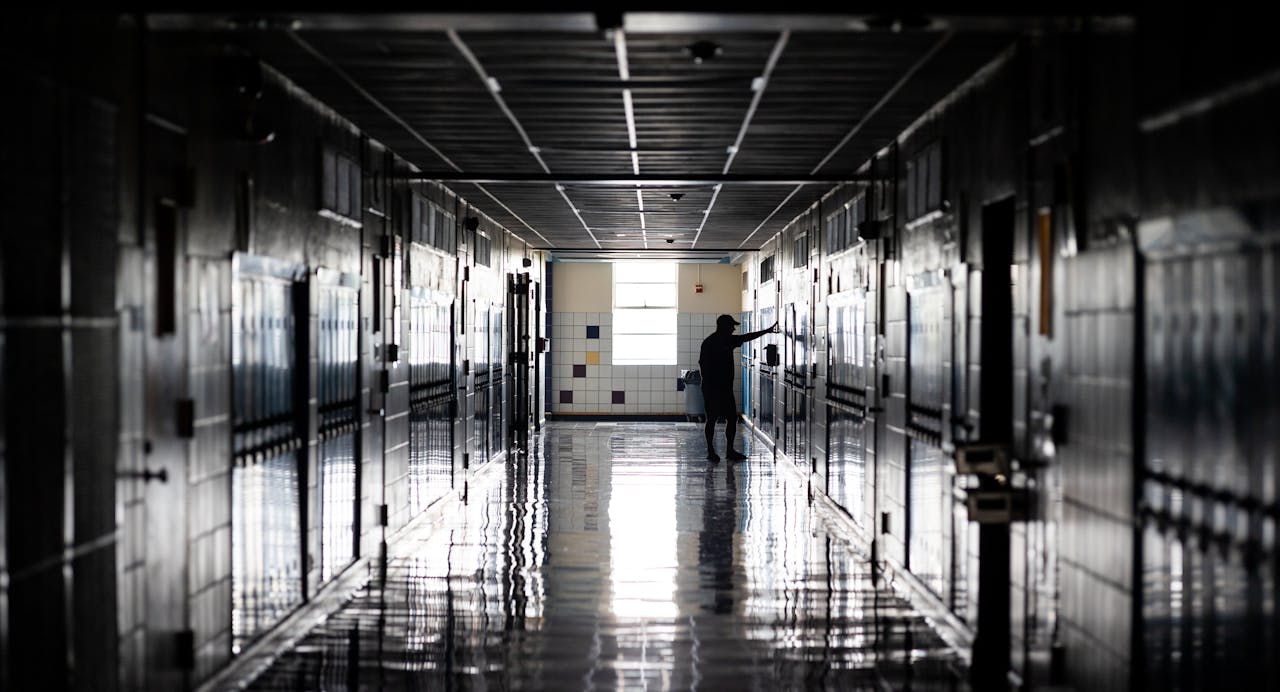Punishment practices in BC schools
In British Columbia classrooms a range of disciplinary strategies is deployed under the guise of maintaining order and motivating students—yet many of these practices inflict disproportionate harm on those who struggle with regulation, executive function or trauma.

Collective punishment
Group-based consequences—such as canceling a class field trip because of one student’s behaviour—are still common, despite being widely recognized as unjust. These practices teach conformity through fear, not accountability.

Sticker charts and token economies
These reward-based systems may appear harmless, but they are often used to punish students who struggle with executive function, sensory regulation, or trauma. Losing a sticker becomes a public form of exclusion.

Isolation and restraint
In a 2019 provincial review, BC school districts reported 87 incidents of physical restraint and 101 cases of seclusion in a single year. These numbers are likely underreported. Children—especially those with disabilities—have been locked in rooms, restrained face-down, or removed from peers without meaningful oversight.
Inadequate support or accommodation
Failing to provide timely supports is not a neutral oversight—it is a form of functional punishment. Students are left to flounder for weeks or months without accommodations they are legally entitled to receive. Punishment in BC schools disproportionately impacts:
- Autistic, ADHD, and otherwise neurodivergent children
- Racialized and Indigenous students
- Children in government care
- Students with trauma histories or disabilities
These students are more likely to be surveilled, restrained, sent home, or blamed for dysregulation that is not of their making. They are also more likely to be punished for adult failures—of planning, support, or understanding.
What the law says
Despite provincial guidelines, BC schools remain legally unregulated when it comes to restraint, seclusion, and collective punishment. The 2015 Restraint and Seclusion Guidelines urge prevention and oversight, but they are not law and enforcement is inconsistent. Human rights law requires schools to accommodate students with disabilities, but many disciplinary practices directly undermine that duty. Without binding legislation or transparent reporting, families must rely on advocacy to uphold their children’s rights.
-
Is isolation or restraint legal in BC schools?
Technically, yes—but the law doesn’t clearly regulate it. In British Columbia, physical restraint and seclusion (also called isolation) are not explicitly prohibited by legislation. Instead, school districts are expected to follow the 2015 Provincial Guidelines on Physical Restraint and Seclusion, which limit these interventions to…
-
Is collective punishment legal in BC schools?
Collective punishment is still used in schools across British Columbia, despite growing recognition that it causes harm—especially to disabled children. Collective punishment refers to the practice of penalising a group for the actions of an individual or subset—such as cancelling recess for an entire…








